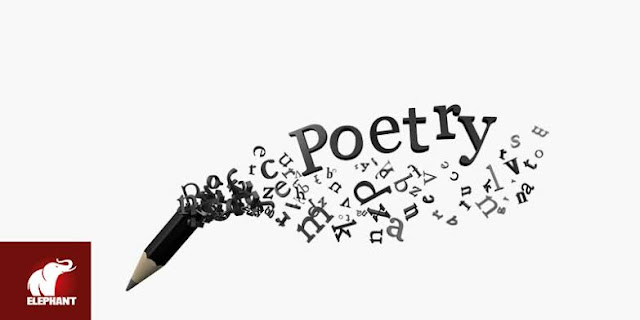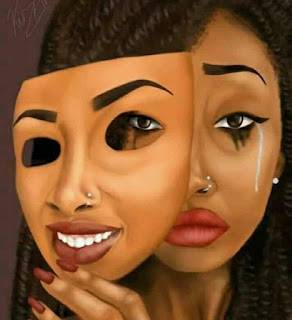WHAT YOU NEED TO KNOW
Poetry is a type of literature that conveys a thought, describes a scene or tells a story in a concentrated, lyrical arrangement of words. Poems can be structured, with rhyming lines and meter, the rhythm and emphasis of a line based on syllabic beats. Poems can also be freeform, which follows no formal structure.
The basic building block of a poem is a verse known as a stanza. A stanza is a grouping of lines related to the same thought or topic, similar to a paragraph in prose. A stanza can be subdivided based on the number of lines it contains. For example, a couplet is a stanza with two lines.
Poetry is visibly unique: a narrow column of words with recurring breaks between stanzas. Lines of a poem may be indented or lengthened with extra spacing between words. The white space that frames a poem is an aesthetic guide for how a poem is read.
Poetry is a type of literature based on the interplay of words and rhythm. It often employs
rhyme and meter (a set of rules governing the number and arrangement of syllables in each line). In poetry, words are strung together to form sounds, images, and ideas that might be too complex or abstract to describe directly.Poetry was once written according to fairly strict rules of meter and rhyme, and each culture had its own rules. For example, Anglo-Saxon poets had their own rhyme schemes and meters, while Greek poets and Arabic poets had others. Although these classical forms are still widely used today, modern poets frequently do away with rules altogether – their poems generally do not rhyme, and do not fit any particular meter. These poems, however, still have a rhythmic quality and seek to create beauty through their words.
The opposite of poetry is “prose” – that is, normal text that runs without line breaks or rhythm. This article, for example, is written in prose.




Comments
Post a Comment